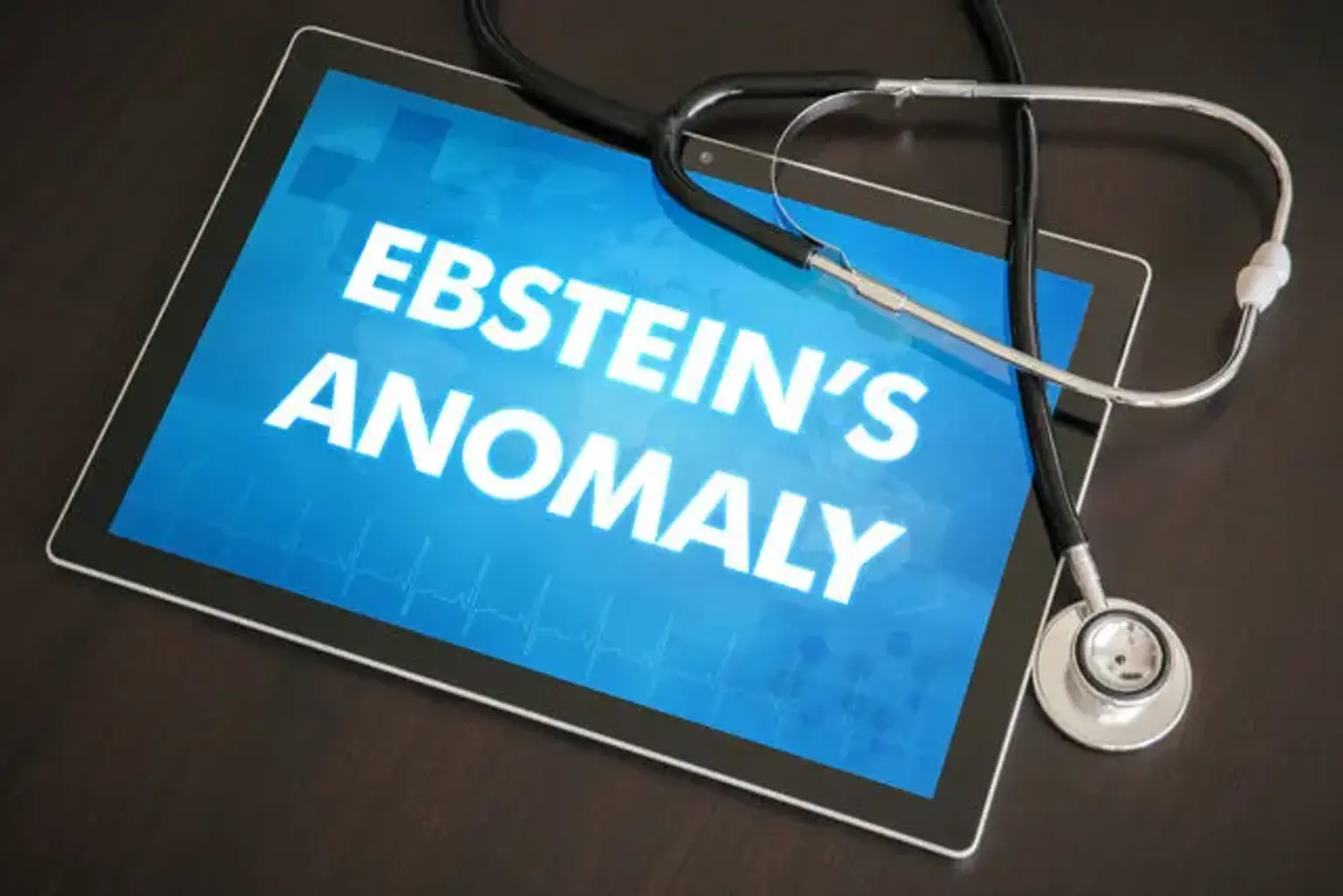Ebstein's anomaly
Overview
Ebstein's abnormality is a tricuspid valve malformation associated with RV myopathy that has a wide range of anatomic and pathophysiologic characteristics, resulting in a wide range of clinical outcomes. For asymptomatic individuals, medical care and observation is frequently suggested, and it can be effective for many years.
The purpose of operational surgery is to restore the tricuspid valve; this usually entails RV plication, right atrial reduction, and atrial septal closure or subtotal closure. In terms of degree of RV enlargement, RV dysfunction, RV fractional area change, and tricuspid valve regurgitation, postoperative functional tests often show an improvement or relative stability.
